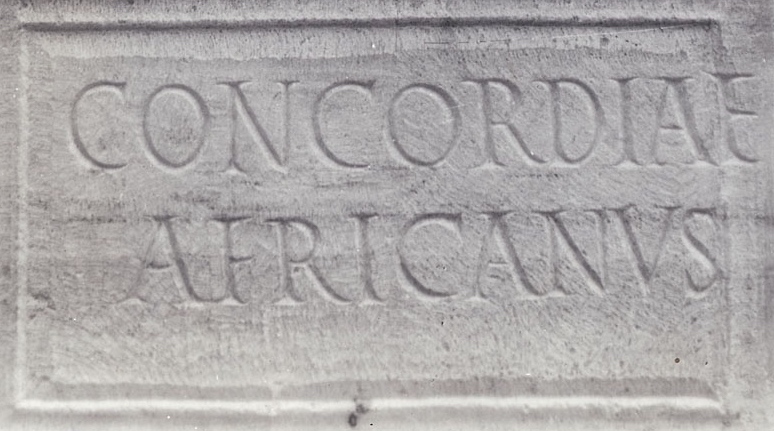In this publication we have built on the work of Joyce Reynolds and John Ward-Perkins when they published Inscriptions of Roman Tripolitania (IRT) in 1952 (republished online in 2009). Our aim is to enhance that collection in a more sustainable form, and to include an account of all inscriptions which have been published since then. Reynolds and Ward-Perkins set a very valuable precedent by inviting contributions from many Italian scholars; at the end of the Second World War the importance of collaboration was perhaps even clearer to them than it is to us today. Over the succeeding years they also worked with many other colleagues, particularly Libyan. Today collaboration is not only just as valuable, but it is also far easier to achieve than ever before.
The inscribed and painted texts presented here have all been previously published by a range of expert scholars. They have been assembled and curated by Charlotte Roueché, and their publication in this format has been enabled by her colleagues, Gabriel Bodard (London) and Irene Vagionakis (Bologna). We have received contributions, guidance and support from many other colleagues: for details see Team
We have endeavoured to provide a richly documented collection of these materials in a format which is easily accessible, easily searched, and freely available. We have included all the inscriptions of which we are aware. We have retained, and continued from, the entry numbers used in IRT 1952, and in the digital republication of that volume, IRT 2009; there is therefore no particular significance to the numbering, but we hope that the rich indexing will make materials easy to find. The bibliography can be viewed in date order, making it clear what has been published since 1952. There has also been much discussion of many of these texts; but we have limited ourselves to recording only the publications which report and document the texts themselves. Discussion and interpretation can change over time, but we hope that this will provide a useful record, and one to which it is easy to refer, for scholars who publish more profound studies.
Such a collection is never complete — at this moment new discoveries are probably being made. Nor can it be perfect: there will be simple errors, and there will also be inaccurate information — for example, as to the present locations of some of the inscriptions. The collection is published with an open licence, allowing its reuse for academic purposes and public benefit (CC-BY-NC-SA); we very much hope that colleagues will use it in that way, and so build on our work as we have built on the work of others.
